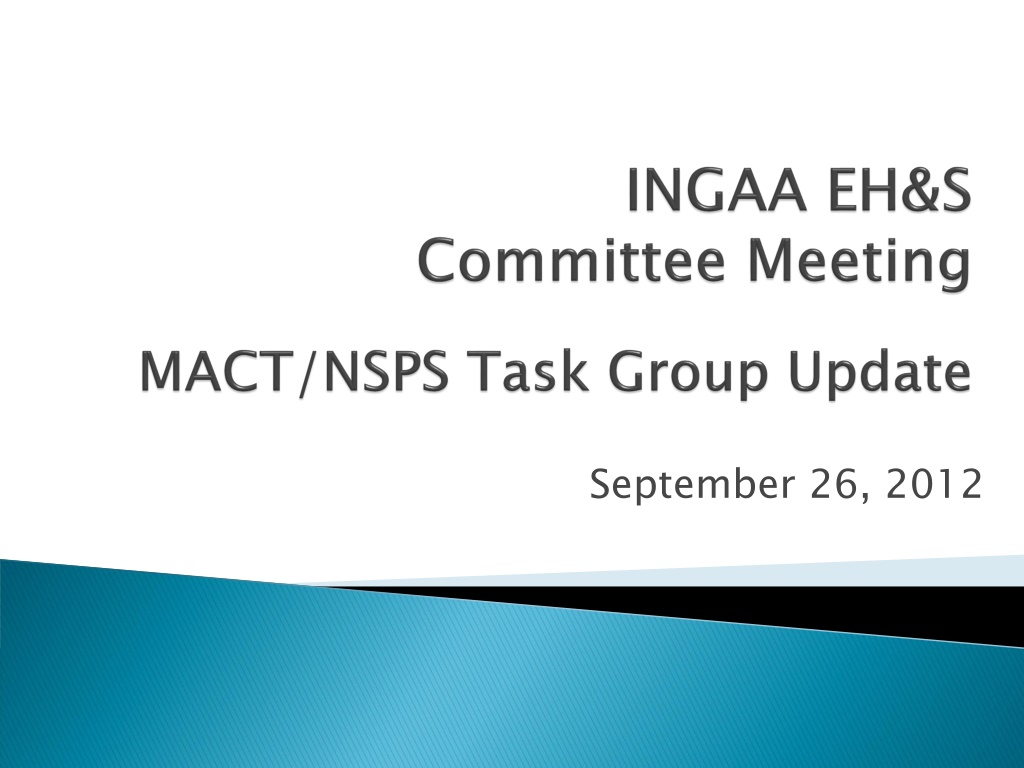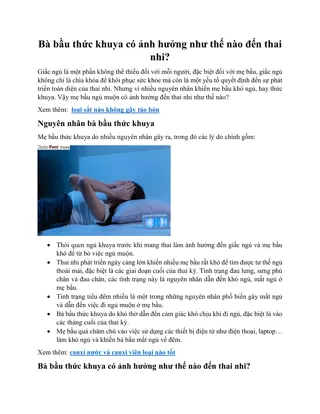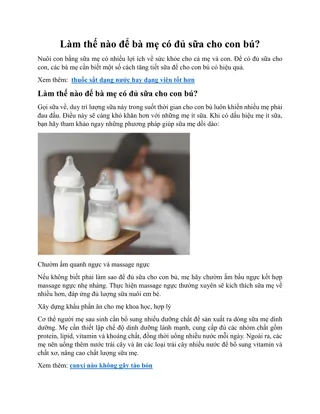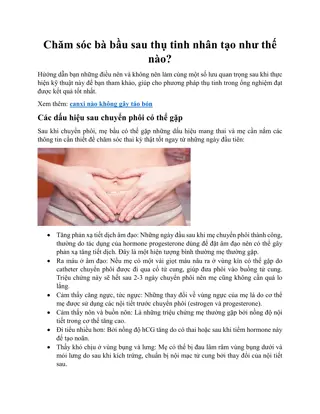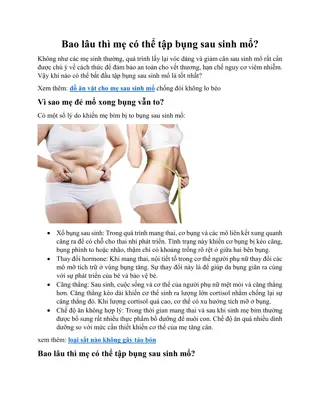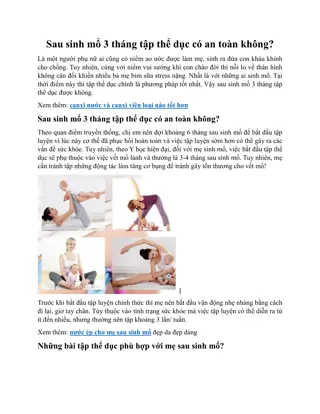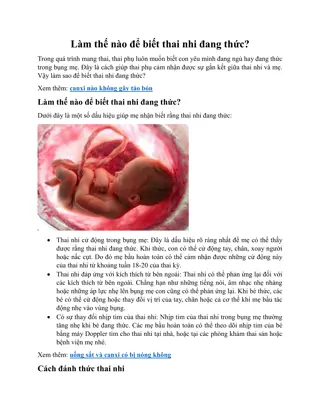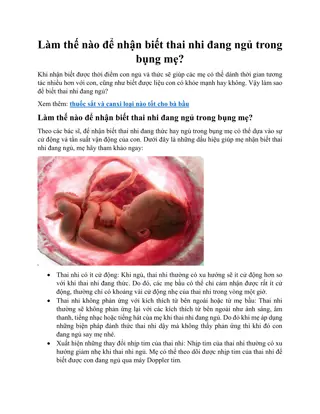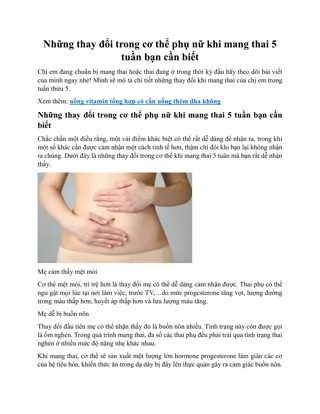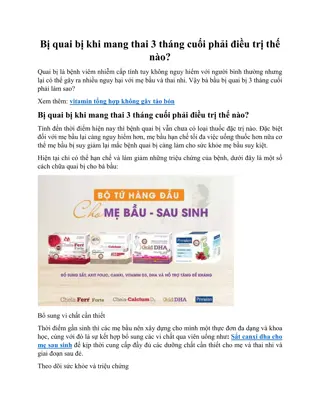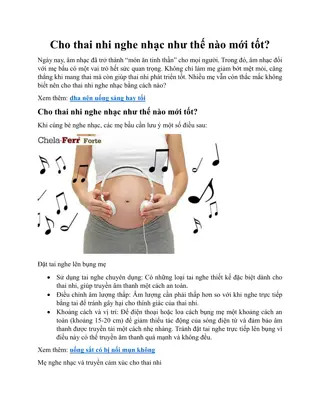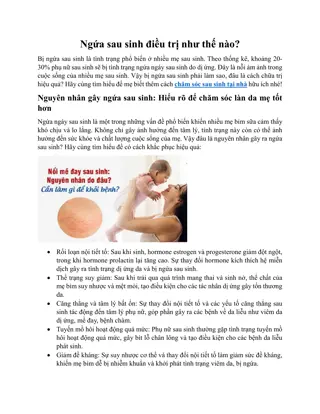Insights on the Date - September 26, 2012
Delve into the occurrences of September 26, 2012, as this date holds significance in history or personal events. Reflect on what transpired on this day and explore any notable incidents that took place worldwide or in your life. Uncover the stories behind this date to gain a deeper understanding of its impact and relevance.
Download Presentation

Please find below an Image/Link to download the presentation.
The content on the website is provided AS IS for your information and personal use only. It may not be sold, licensed, or shared on other websites without obtaining consent from the author.If you encounter any issues during the download, it is possible that the publisher has removed the file from their server.
You are allowed to download the files provided on this website for personal or commercial use, subject to the condition that they are used lawfully. All files are the property of their respective owners.
The content on the website is provided AS IS for your information and personal use only. It may not be sold, licensed, or shared on other websites without obtaining consent from the author.
E N D
Presentation Transcript
RICE NESHAP Settlement and Proposed Rule RICE NESHAP & NSPS EPA Q&A document Subpart OOOO / Subpart HHH amendments OOOO: includes tanks, excludes other T&S sources HHH: INGAA letter requested Stay and Reconsideration Turbine NSPS Proposed Rule Other Updates Boiler NESHAP Uniform standards status
Rule deadline for gas-fired ICE extended to 8/10 Final Rule Published 08/20/10; Effective 10/19/10 Focus Existing RICE (major source <500 hp and area source) Three years for newly affected, existing engines to comply Compliance deadline October 19, 2013 NESHAP now includes all engines except existing major source lean burns (LBs) >500 hp EPA plans to address major source LBs during 8-yr review Due in 2012 Late and no imminent EPA plans Final 2010 rule included changes in response to INGAA comments and post-comment negotiations INGAA and others challenged the 2010 Final Rule
INGAA submitted petition for reconsideration in October 2010. Issues identified include: No opportunity to comment on new CPMS specs Basis for EPA standards process for determining the MACT floor and assessing variability No opportunity to comment on new 4SLB data & analysis Co-benefits and cost criteria for above the floor analysis (e.g., area source 4SRBs >500 hp require NSCR catalyst, formaldehyde testing, and temperature monitoring) In January 2011, EPA agreed to reconsider several issues Settlement discussions culminated with FR notice of proposed settlement on June 21, 2012 and June 2012 Proposed Rule Proposed Rule that implements settlement published on June 7, 2012 INGAA submitted comments (mostly positive) on August 9, 2012
Negotiations on three primary issues: (1) New CPMS specs: No opportunity for comment Successfully addressed in March 2011 Direct Final Rule (2) Simplify testing and monitoring for area source engines that require catalysts (3) Consider work practices rather than catalytic control for area source engines >500 hp in remote locations Items 2 and 3 addressed in Settlement Agreement and June 2012 Proposed Rule Final Rule signature required by December 14, 2012 INGAA Petition to be dismissed if Final Rule implements Settlement
For area source engines, the Clean Air Act allows EPA to consider work practices rather than emission standards Subpart ZZZZ ALTERNATIVES for area source 4-stroke RICE >500 hp that currently require catalytic control, testing, and T-CPMS: Maintenance work practice (same as smaller area source engines) rather than catalytic control for remote Catalyst equipment standard if not remote; Monitoring includes: Option to use high temperature shutdown rather than Temperature-CPMS Periodic CO portable testing to validate catalyst activity (as equipment standard rather than emission standard) No RB formaldehyde testing If prescribed actions are followed when catalyst activity is inadequate (i.e., failed test), then the unit is not out of compliance 4SLB: 47 ppm CO (at 15% O2) or 93% CO reduction 4SRB: 75% CO reduction or 30% THC reduction (THC requested by EMA) If test does not meet these criteria, shutdown, troubleshoot, re-test remote area source engines
MAJOR SOURCES AREA SOURCES EXISTING NEW EXISTING NEW < 500 HP 2010 rules 2008 rule 2010 rules 2008 rule EXISTING NEW EXISTING NEW 2004 rule > 500 HP 2010 rules 2004 rule 2008 rule 2010 rule (non-emergency CI) 2012 proposed (4-stroke LB and RB)1 12012 rule addresses two additional settlements: 30% THC reduction as alternative to rich burn H2CO tests; Demand response for emergency units
2009 Proposed Rule 2009 Proposed Rule 2010 Final Rule 2010 Final Rule Proposed 2012 Amendments Proposed 2012 Amendments Engine Type Engine Type 50 to 249 hp > 250 hp < 500 hp > 500 hp < 500 hp > 500 hp 8 ppmv CO or 90% CO reduction Management Practice Management Practice Management Practice Management Practice Management Practice 2SLB 2SLB REMOTE ICE: Man. Practice 9 ppmv CO or 90% CO reduction 47 ppmv CO or 93% CO reduction Management Practice Management Practice Management Practice 4SLB 4SLB 47 ppm CO or 93% redxn1 REMOTE ICE: Man. Practice 2.7 ppmv H2CO or 76% H2CO reduction 200 ppbv H2CO or 90% H2CO reduction Management Practice Management Practice 4SRB 4SRB 75% CO reduction 1, 2 Small RICE Small RICE < 50 hp < 100 hp < 100 hp All Types All Types Management Practice Management Practice Management Practice 1Proposed amendments Equipment Standard rather than emission limit. Install a catalyst and conduct CO portable tests to evaluate catalyst activity. For failed test following the initial test, troubleshoot and retest. 2 30% THC reduction is also allowed as an alternative (for all RB H2CO stds).
EPA issued RICE NESHAP Q&A memo in Sept 2005 Additional questions remain or arose from amendments On July 17, 2012, EPA issued a memo to replace the Sept 2005 Implementation Q&A Memo Addresses RICE NESHAP and NSPS (Subparts JJJJ & IIII) Contains original questions and some additional items Some answers from 2005 memo have been updated EPA Q&A Memo was reviewed in a draft summary memo provided to INGAA sub-group on August 28 Identifies problematic answers and acceptable answers Lists additional items that should be added to EPA s memo INGAA decided to address remote engine interpretation through this Q&A memo rather than settlement rule comments
Primary concerns with EPA Memo responses include: Response regarding T-CPMS data roll-up requires 4-hour averaging to bridge unit shutdown and re-start (this approach is not consistent with implementation to date) Reconstruction analysis and operational limitations on hp capacity should include the compressor for integral recips Catalyst re-test responses rely on burdensome case-specific review Any emergency RICE ops >100 hours triggers non-emergency status Other longstanding items in INGAA Aug 9 Comments (e.g., P tests) List of additional items includes: Address on-site buildings for remote definition (should not be counted) Clarify that SSM Plans no longer are required Alternative practices for units that do not operate for the entire year INGAA plans to comment on the EPA Memo and call or meet with EPA to discuss Memo content and items that should be added
Under a February 2010 Consent Decree, T&S NESHAP (HHH) is part of a coordinated EPA effort to address oil and gas sector NSPS and NESHAP standards Proposed Rule signature deadline was delayed twice in 2011 and published in FR on August 23, 2011 EPA proposed revisions to Part 63, Subpart HHH Major sources require standard , so the main objective is to add an emission standard for small dehydrators that were excluded in 99 EPA proposed New NSPS, Part 60, Subpart OOOO Addresses Oil and Gas Operations and included T&S VOCs, with standards for pneumatic devices and compressor seals Following an extension to the deadline, INGAA comments submitted on November 22, 2011 Final Rule signature deadline extended to April 17, 2012 Rules published in FR on August 16, 2012; effective October 15
INGAA met with EPA staff (Bruce Moore, et.al.), Air Assistant Administrator (Gina McCarthy), and OMB/CEQ Meetings highlighted primary issues and objectives were achieved in the Final Rule (i.e., T&S excluded except for tanks): Regulation is not warranted for trivial VOC reductions (64 TPY T&S sources vs. 535,000 TPY for all sectors / sources) Since VOCs are removed upstream of T&S, the logical regulatory dividing line should be upstream of natural gas transmission i.e., T&S and Distribution handle the same gas; Distribution is excluded Subpart OOOO should not imply that Natural Gas is a pollutant VOC rule should include a VOC threshold NSPS and gas processing criteria in the proposed rule [Not addressed] If T&S is retained in Subpart OOOO, should be limited to within the fence line, and reporting and recordkeeping should be simplified Final Rule includes T&S tanks but no other T&S sources Concern Preamble & fact sheet imply these are interim decisions that may be revisited Tank applicability criteria (VOC calc) are missing May require revision Regulation is not warranted for trivial VOC reductions (64 TPY total T&S sources vs. 535,000 TPY for all sectors / sources) Since VOCs are removed upstream of T&S, the logical regulatory dividing line should be upstream of natural gas transmission i.e., T&S and Distribution handle the same gas; Distribution is excluded Subpart OOOO should not imply that Natural Gas is a pollutant VOC rule should include a VOC threshold 10 NSPS and gas processing criteria in the proposed rule [Not addressed] If T&S is retained in Subpart OOOO, should be limited to within the fence line, and reporting and recordkeeping should be simplified [Not Applicable] total for all for all 10 wt wt% is consistent with existing % is consistent with existing [Not Applicable]
Primary INGAA issue was retaining 1999 rule option that allows dehydrator compliance by reducing benzene emissions to <1 TPY Proposed Rule would have deleted this option and instituted new requirements for units already complying with Subpart HHH EPA retained the <1 TPY benzene option in the Final Rule HOWEVER, when the provisions were added back into the Final Rule Definition of large and small dehydrator are not clear / overlap Section that allows <1 TPY benzene option is not properly cited New requirements (monitoring, testing, reporting, etc.) likely apply, but specifics are uncertain due to lack of rule clarity For units already complying with 1999 rule, would apply on October 15 EPA has verbally acknowledged that issues need to be addressed INGAA submitted Stay request and petition for reconsideration on September 14 Follow-up call with EPA on September 21 EPA retained the <1 TPY benzene option in the Final Rule HOWEVER, errors and confusing text were introduced in HHH
Call with EPA on September 21 provided clarification of EPA intent regarding dehys with benzene <1 TPY EPA acknowledged issues with Subpart HHH text For units already conforming, the dehy is either: (1) exempt (if controls in place prior to unit s effective date) or (2) controlled and subject to HHH Vast majority of conforming units are in the exempt category and these would be considered existing, small dehys the Subpart HHH amendments Other units are large dehys meeting the 1 TPY control option NEW REQUIREMENTS would apply to the small dehys that were previously exempt, with 3 years to comply e.g., meet small dehy emission standard; new monitoring, reporting, and recordkeeping requirements existing, small dehys under
EPA believes it can address INGAA issues through an implementation guidance letter before October 15 Revisions to Subpart HHH text would occur at a later date INGAA indicated it would review the issues and provide a written response within 7 to 10 days Conforming units are losing exempt status but have three years to comply with new requirements Objective of rule amendments was to add standards for units not already covered, so EPA may be unwilling to offer more New requirements would include Site-specific BTEX limit based on uncontrolled MACT floor that considers natural gas BTEX content per 63.1275(b)(1)(iii) Control device performance testing and possibly no detectable emissions testing for the closed vent system Reporting and recordkeeping
Interim solution appears to be EPA guidance letter that addresses October 15, 2012 deadline Clarify that the previously exempt units have three years to comply Rule scrutiny, discussion with EPA, and potential clarifications may still be required to address intertwined compliance criteria in 63.1282 for small versus large dehydrators Subgroup to work through rule criteria may be needed to develop a list of questions and issues for discussion with EPA Schedule a WebEx? Discuss INGAA position and planned response to EPA
Turbine NSPS technical correction was planned Primarily in response to 2006 UARG petition for reconsideration No major implications expected for simple cycle compressor drivers EPA published Proposed Rule on August 29, 2012 EPA claims no substantive changes and no added costs Thus, no analysis to support proposed revisions BUT, Subpart KKKK is completely re-written (not amended) and includes significant and unexpected revisions Includes new definitions that re-define the affected unit for reconstruction analysis (i.e., compressor/combustor/turbine) Smaller box = lower cost for denominator in reconstruction calc Includes new provision (two options) for offsite overhaul that triggers Subpart KKKK applicability upon the FIRST combustor exchange or THIRD component exchange Applies when owner / operator / manufacturer cannot identify which components (i.e., meaning parts) have been replaced INGAA 9/14 letter requested extension to comment deadline
Final Rule Published March 21, 2011 INGAA submitted comments in August 2010 Area source: Does NOT apply to gas-fired units Major source: Stayed by EPA in May 2011 (for reconsideration) Court vacated the Stay in Jan 2012 So Rule applies New if construction commenced after June 4, 2010 Major Source Re-proposal published on Dec. 23, 2011 Work Practices retained for Major Source gas-fired units Tune-up frequency for <5 MMBtu/hr decreased to every 5 years Biennial (<10 MMBtu/hr) or annual (>10 MMBtu/hr) tune-up Burner/flame/AFR control inspection and adjustment with CO test One time energy audit required 3-year compliance deadline for existing units (post-Final Rule) No Stay, so EPA issued No Action Assurances in 2012 that provide enforcement discretion for initial notices & tune-ups See: http://www.epa.gov/ttn/atw/boiler/boilerpg.html
In March 2012, EPA proposed a Uniform Standard for Storage Vessels, Transfer Operations, Equipment Leaks, and Closed Vent Systems and Control Devices Objective is to improve consistency across multiple rules while streamlining reporting and recordkeeping Future NSPS and NESHAPs would reference the Uniform Standard Proposed Rule lists refining & chemical production industries, but support documentation includes oil & gas sector On June 18, EPA extended the comment deadline to Sept 24 in response to API and ACC requests Proposed rule includes provisions for LDAR, CPMS for controlled vents, optical imaging method reference (to be added as Part 60 Appendix K), etc. Task Group will monitor comments and EPA responses
RICE NESHAP Final Rule review and implementation 2013 Implementation Workshop; track EPA 8-year review Subpart OOOO Implementation / technical corrections to tanks sections Track EPA actions to address implied interim status for T&S Subpart HHH Follow-up on reconsideration issues and new requirements for previously exempt units Turbine NSPS - Final amendments review/follow-thru Track status of Formaldehyde IRIS review Address unexpected NSPS or NESHAP rulemakings that arise assess impacts and need for Comments Track related EPA actions Boiler NESHAP, Uniform Standards, etc.
